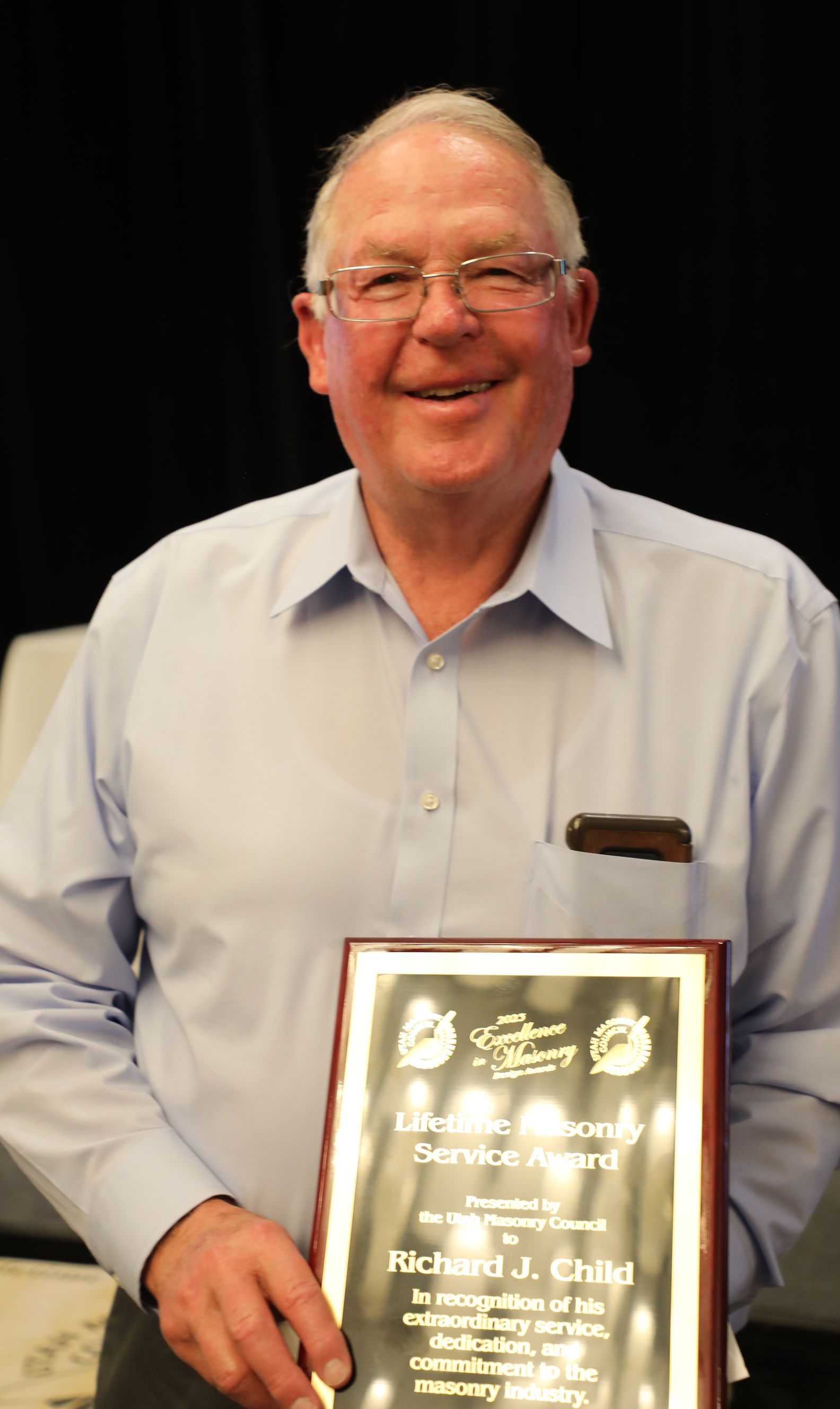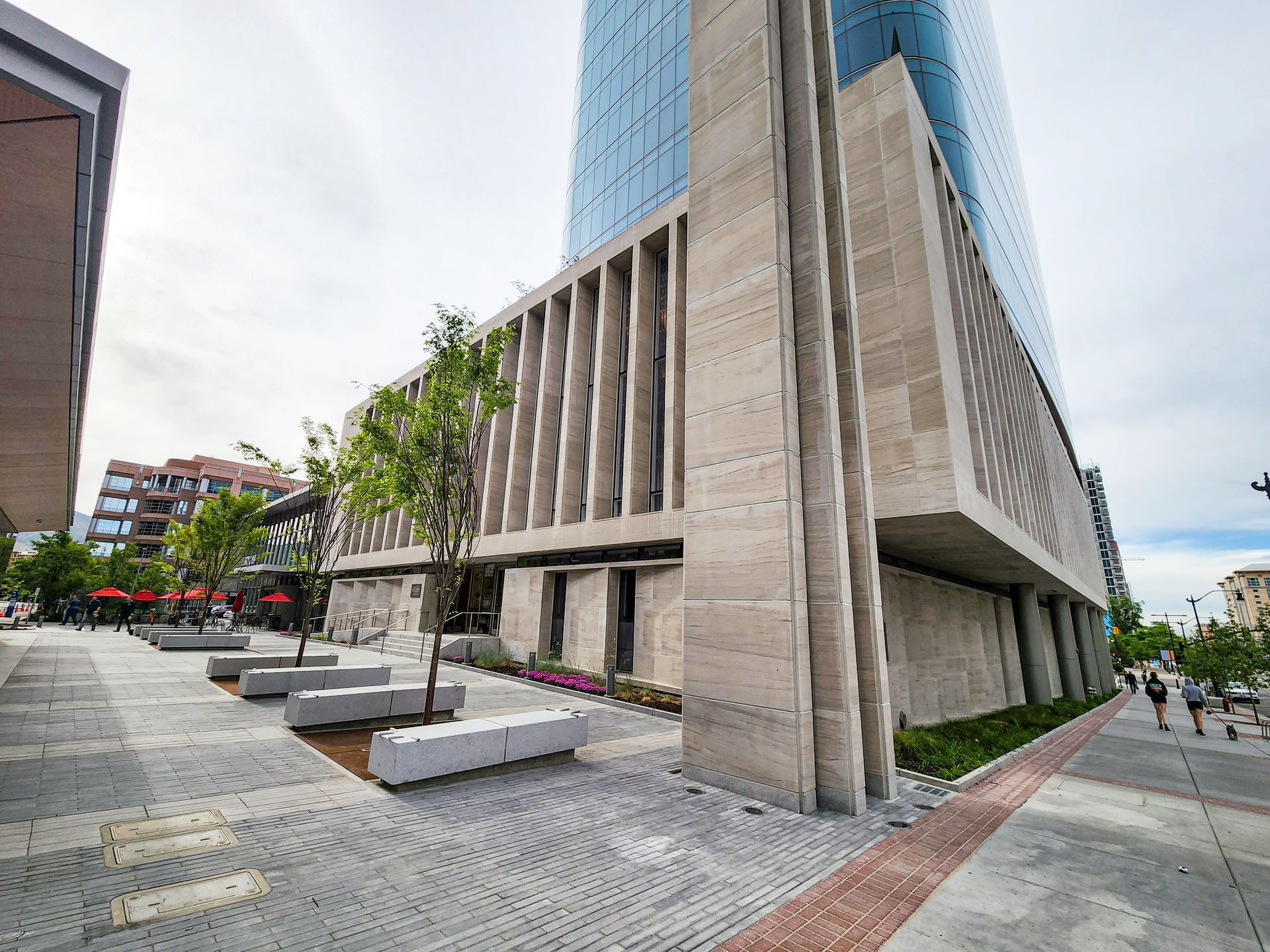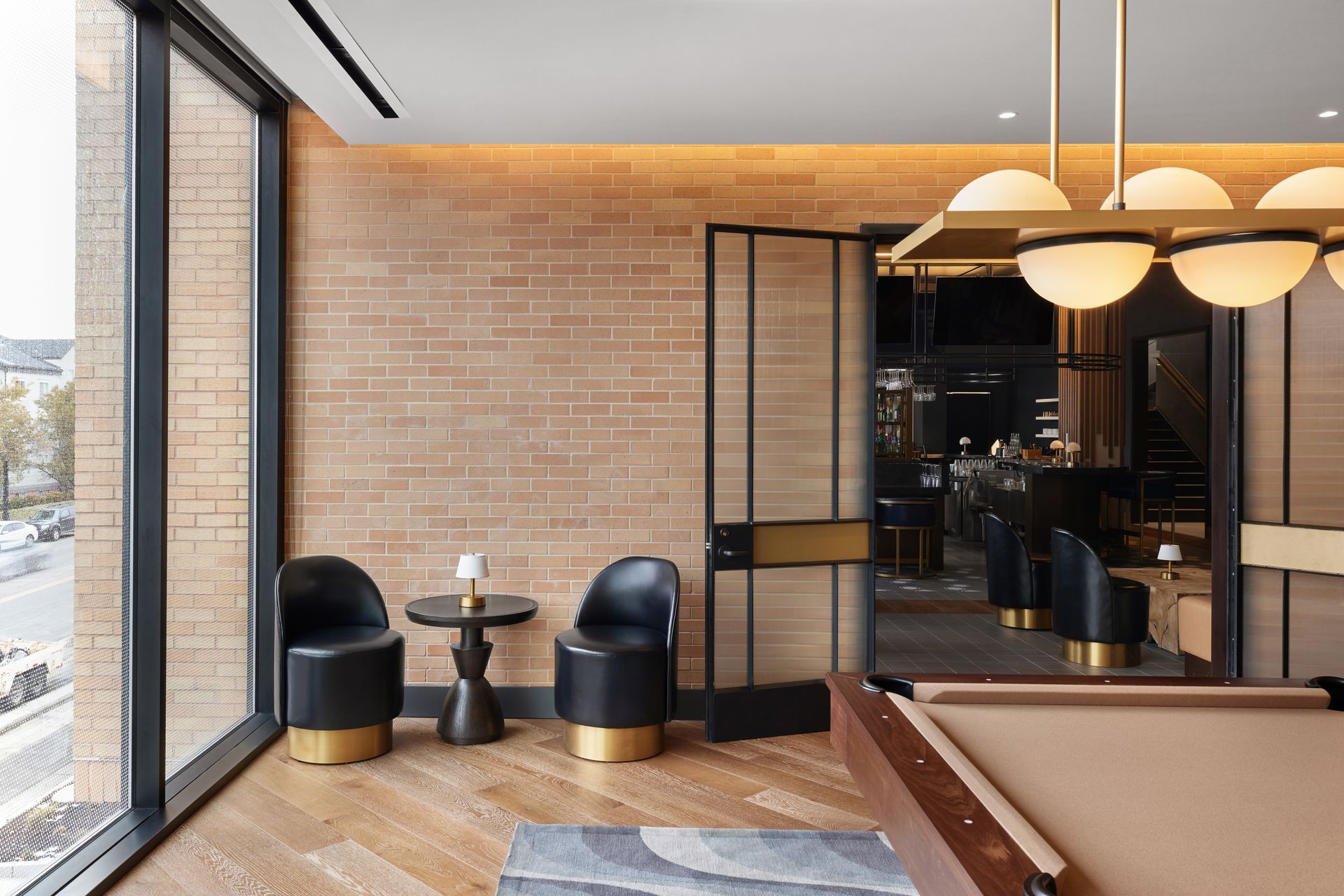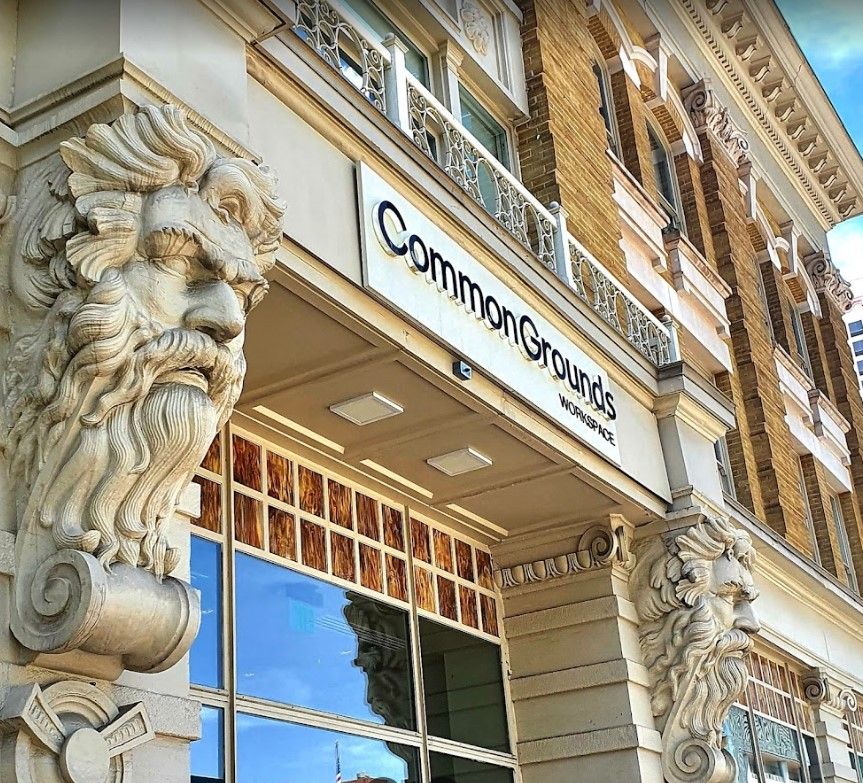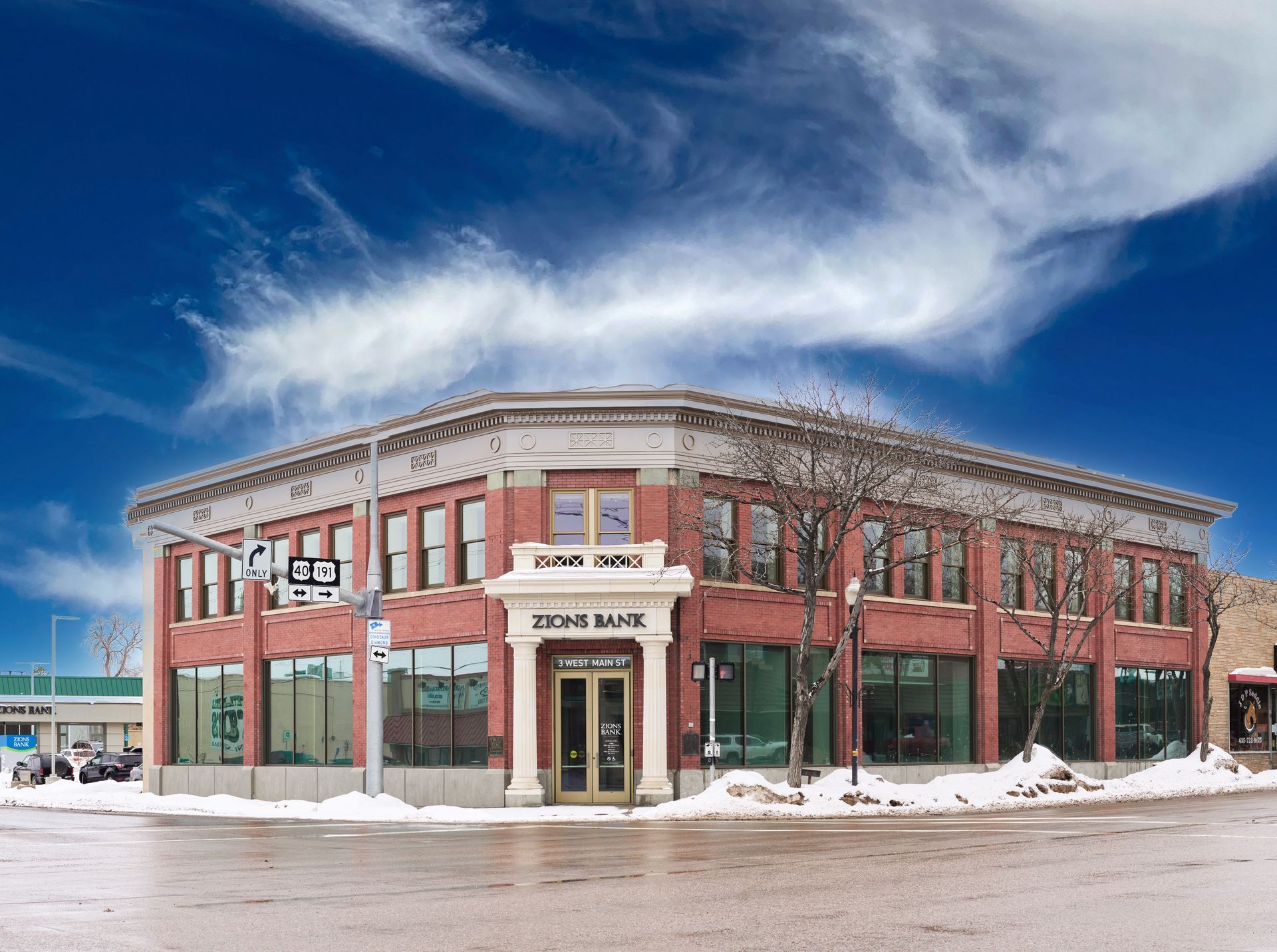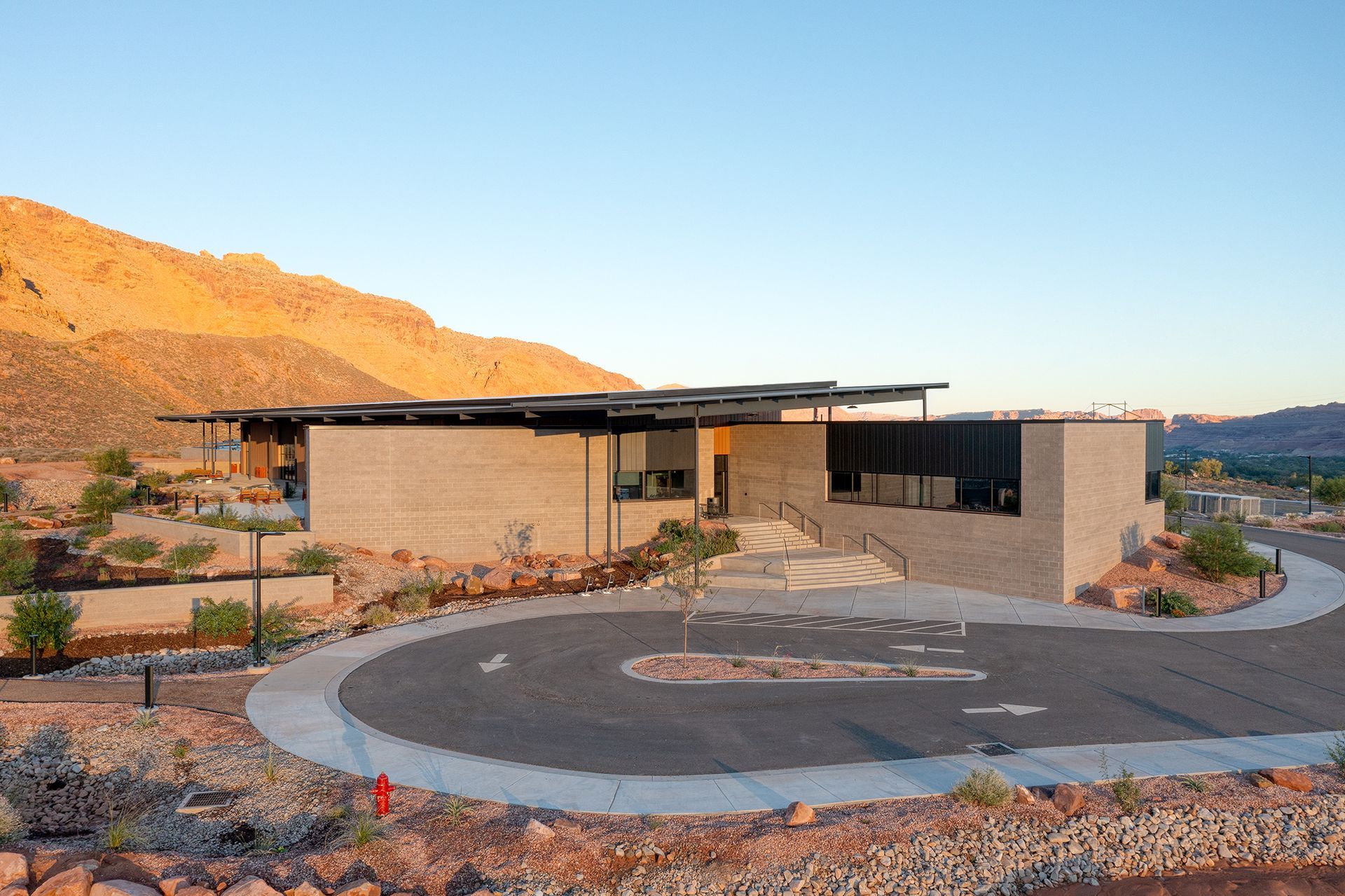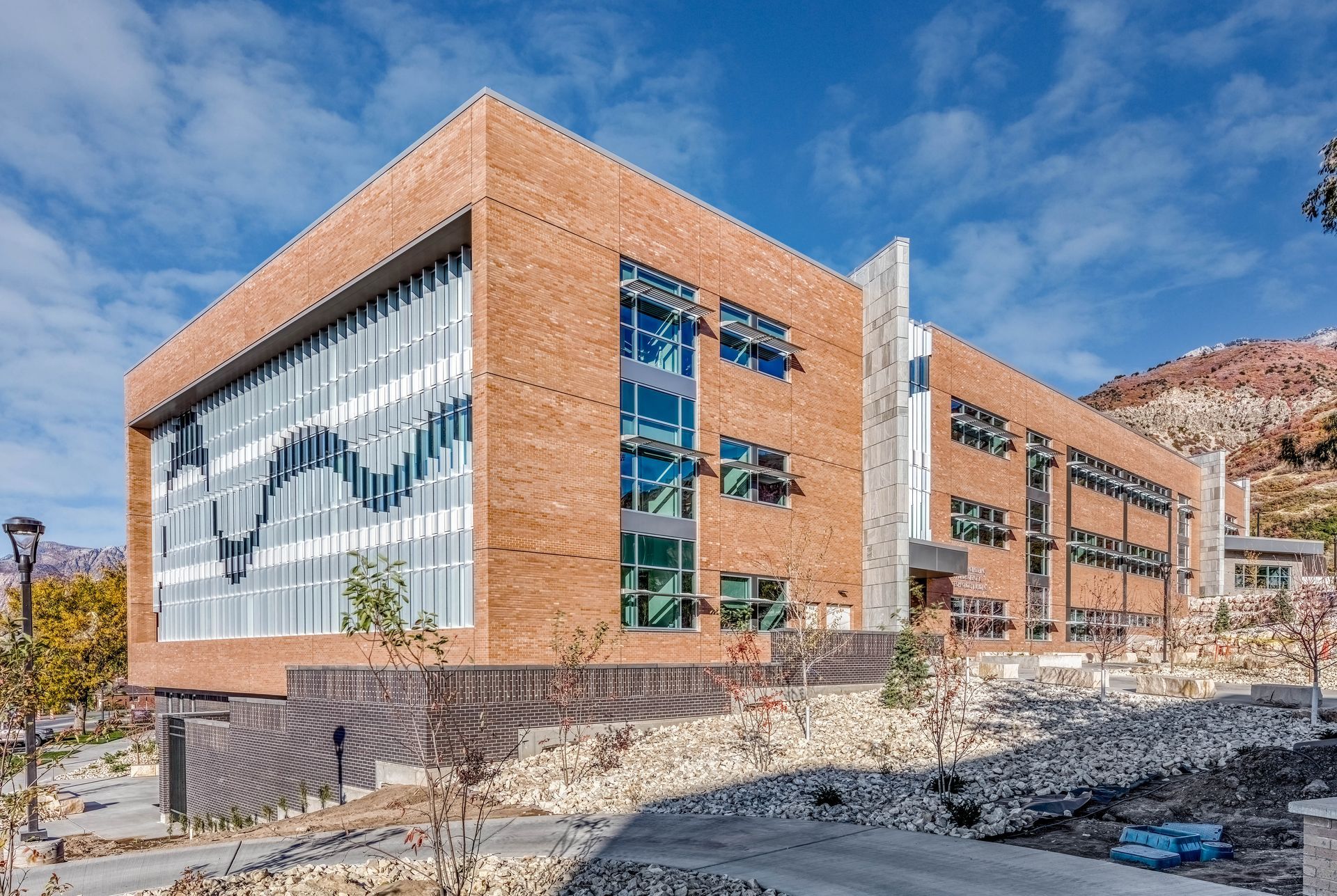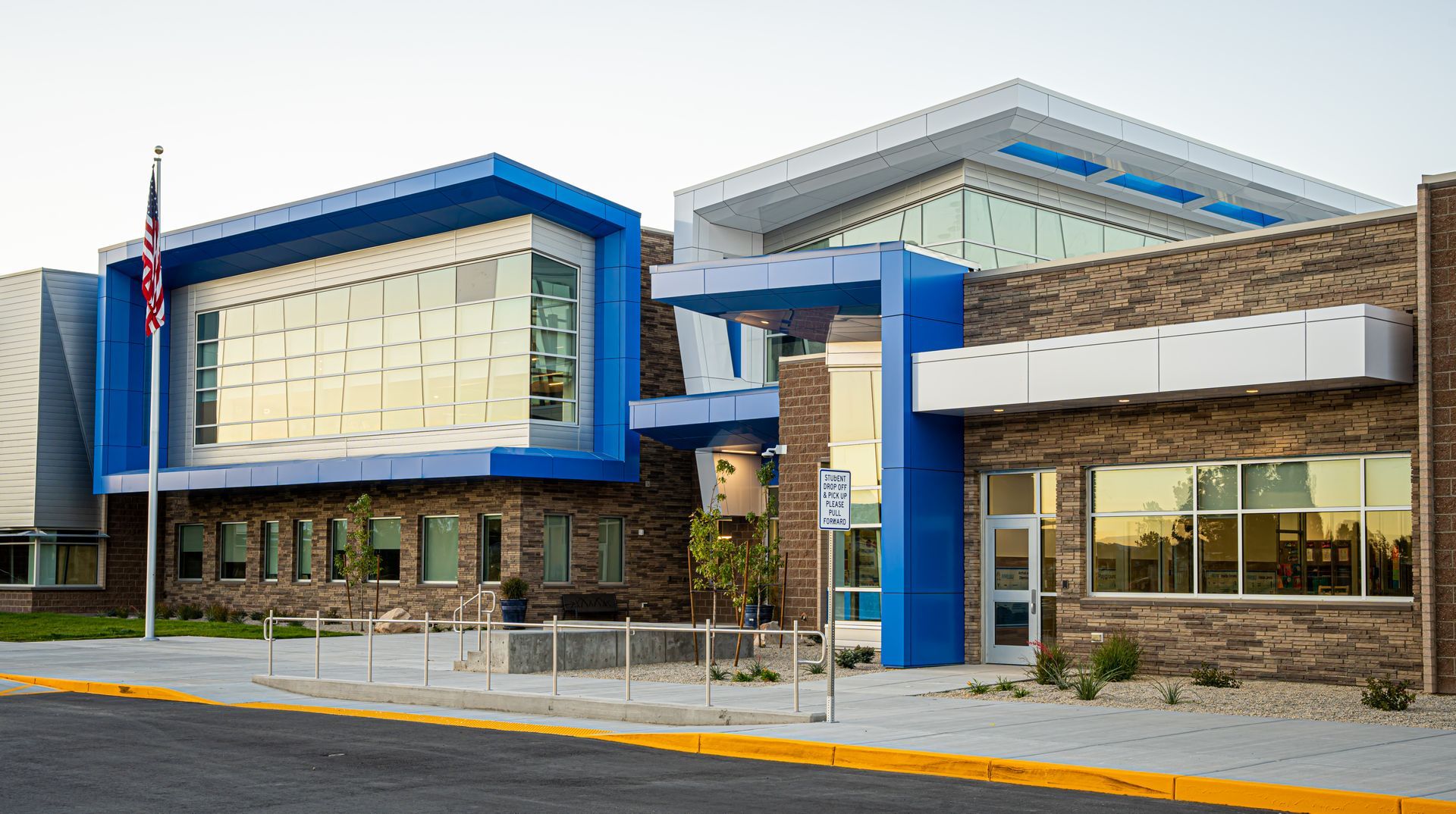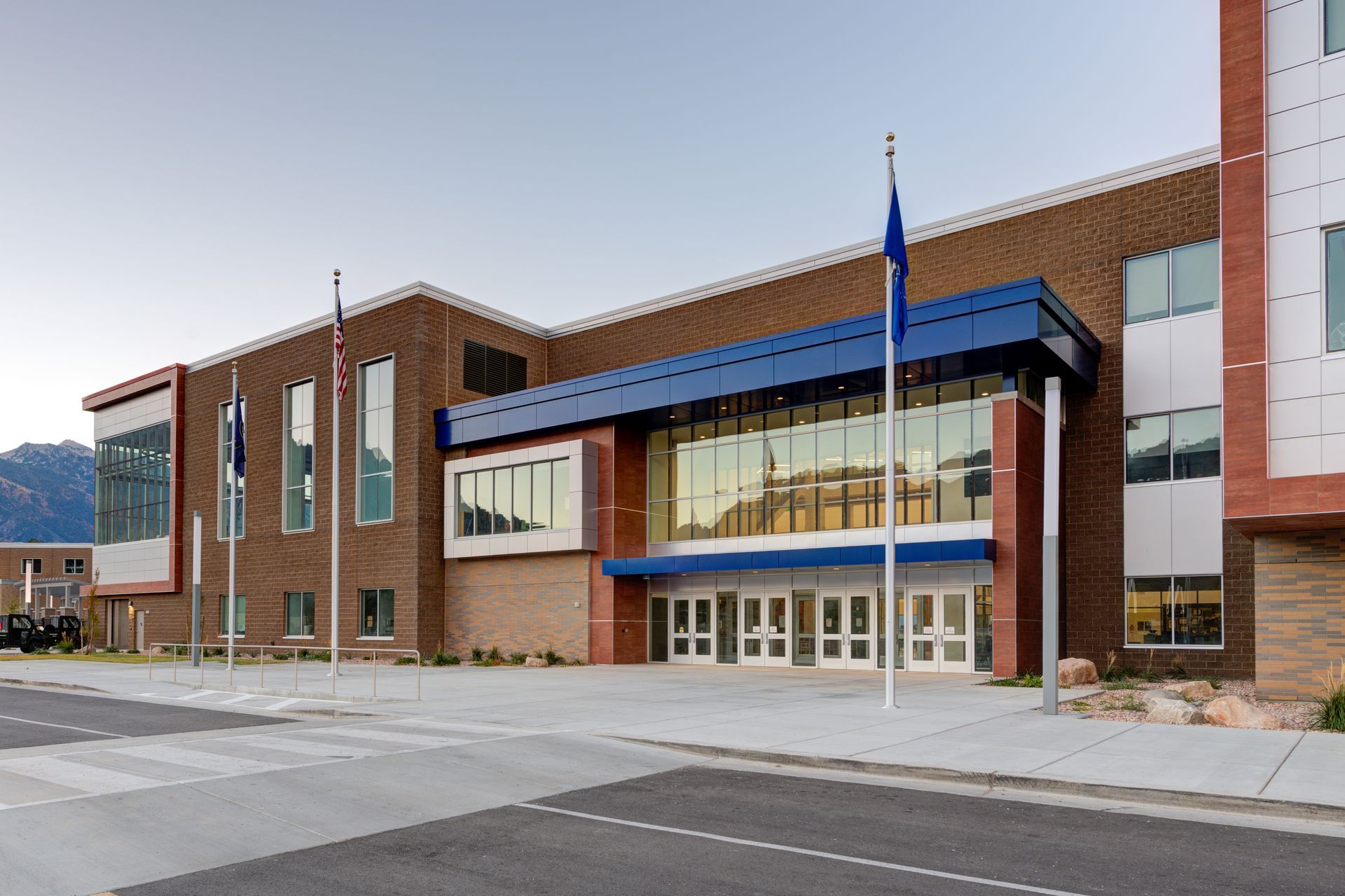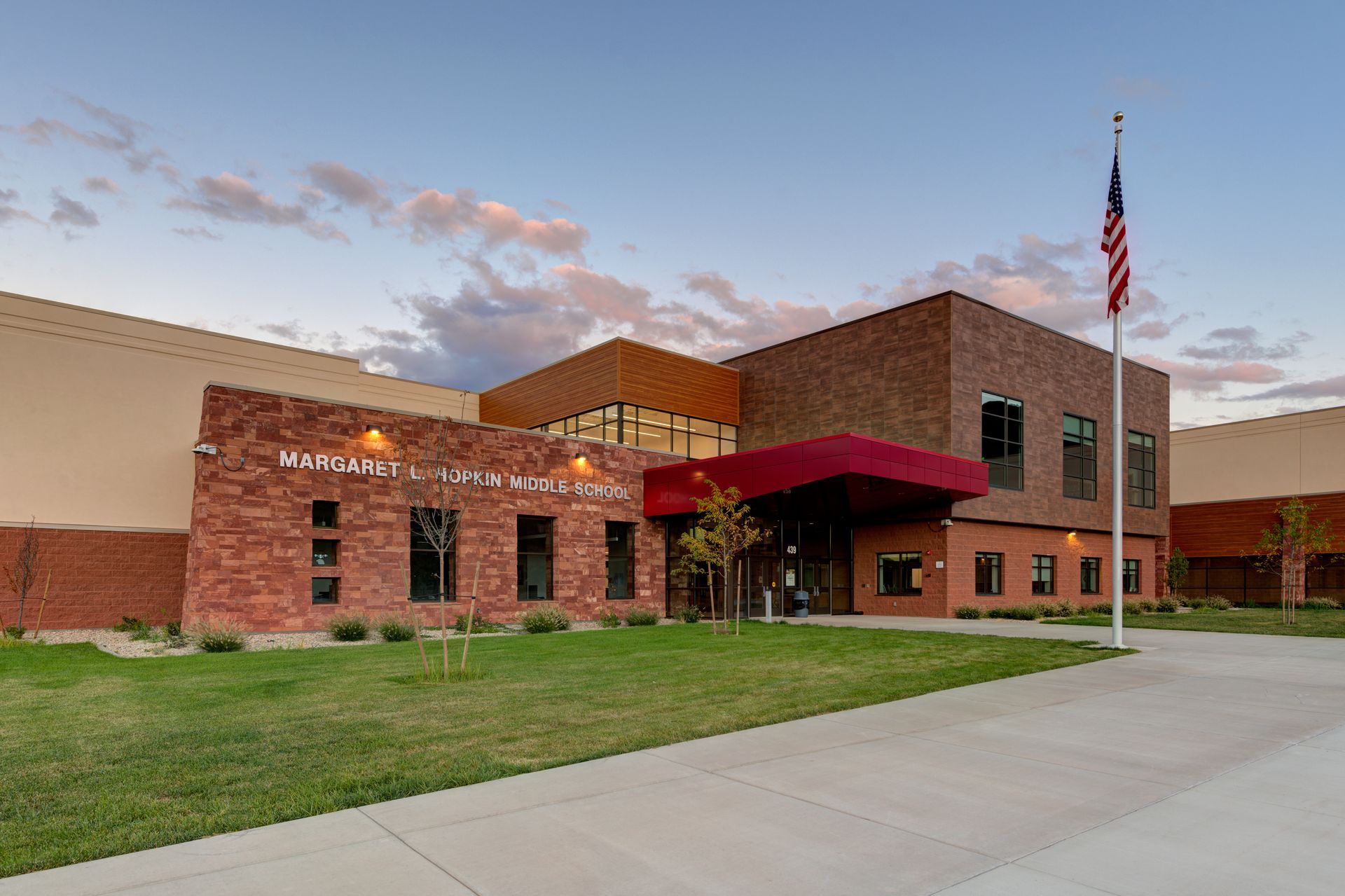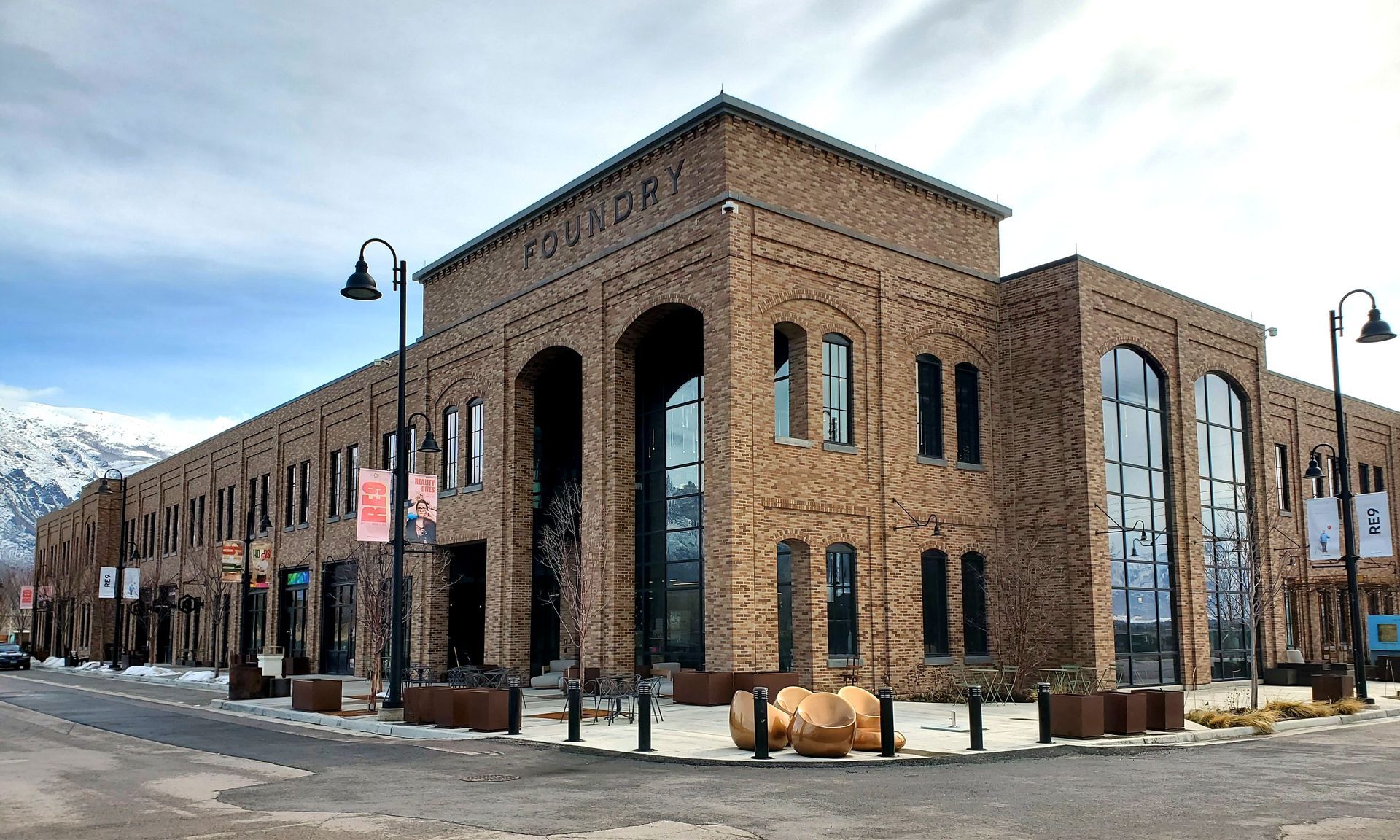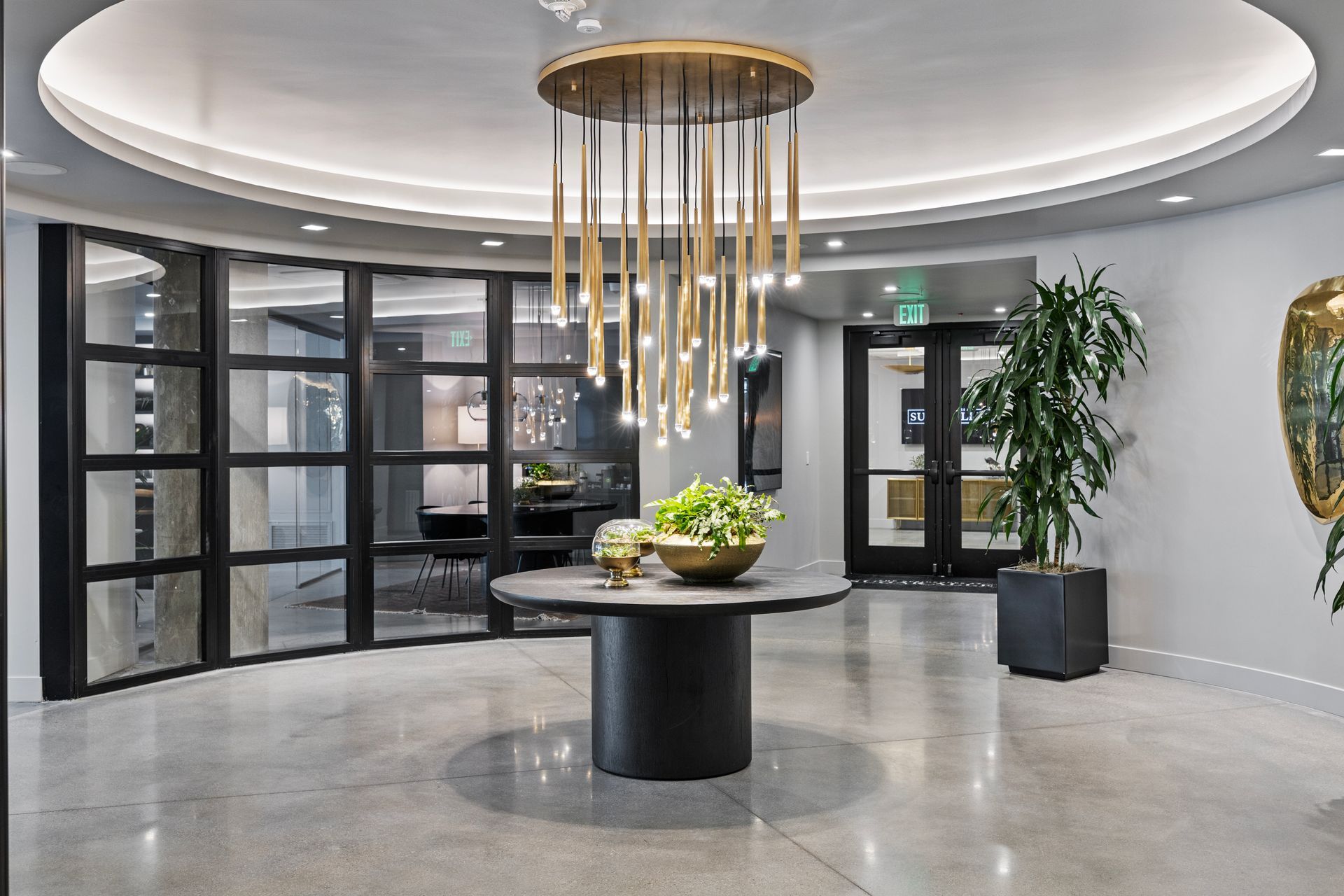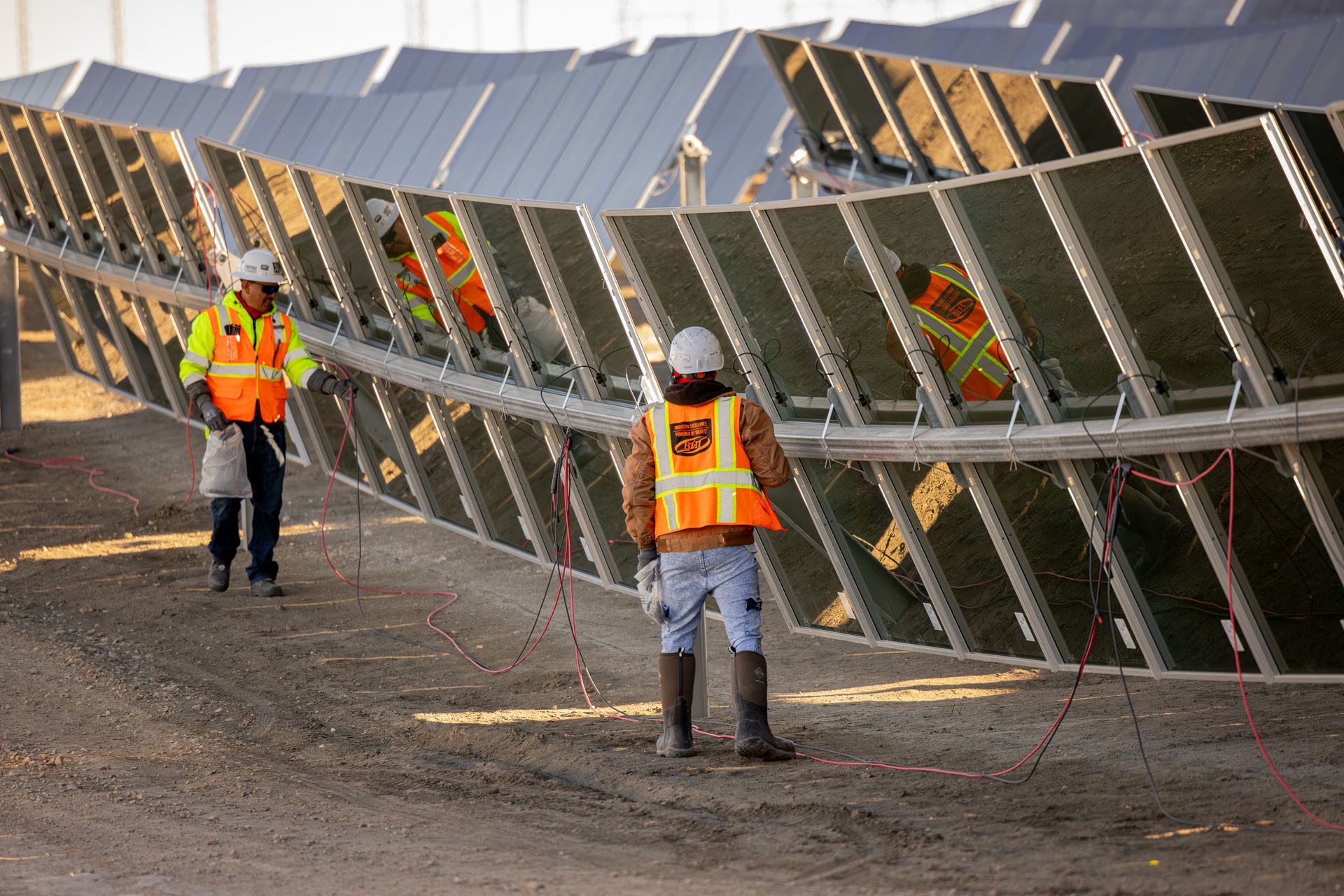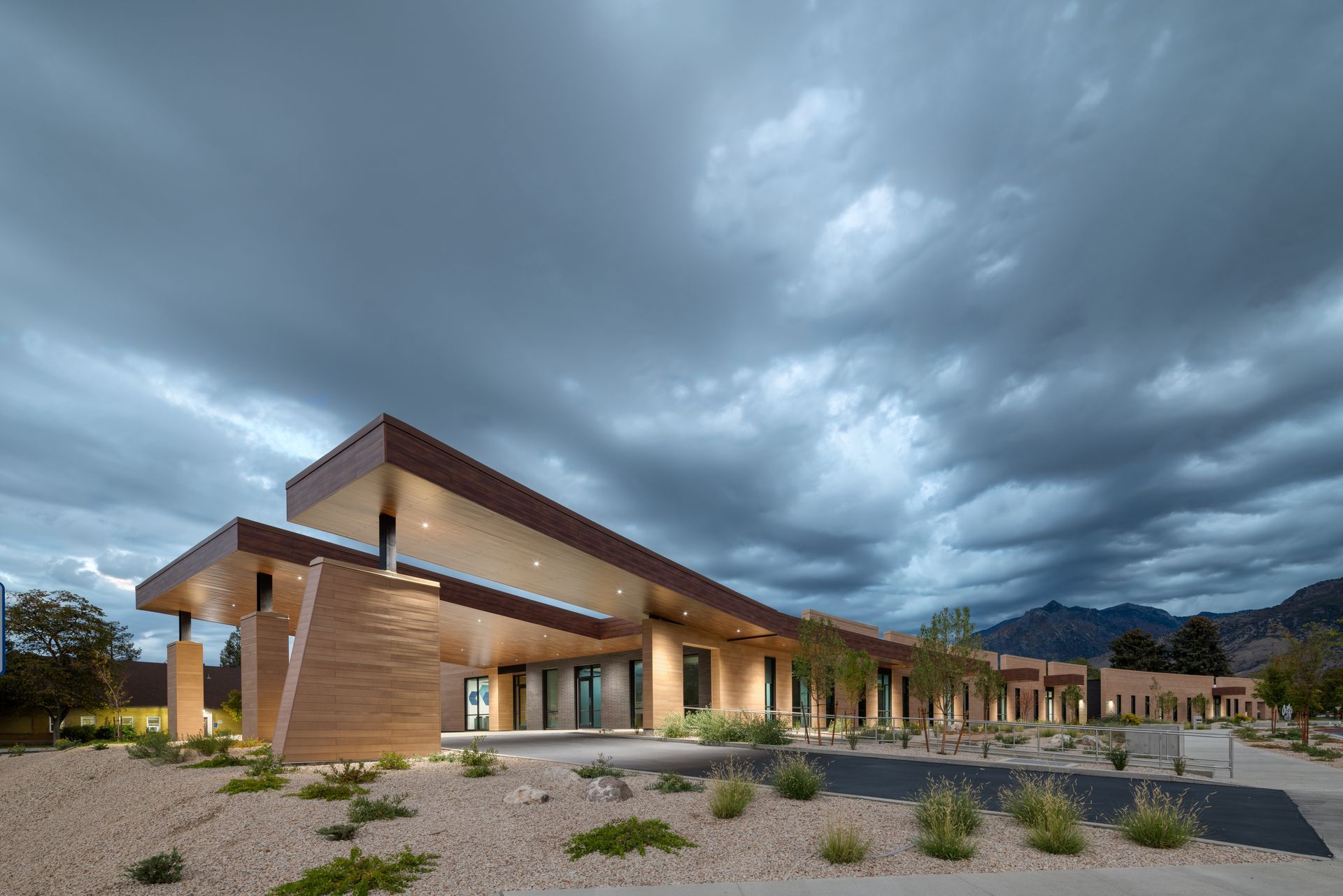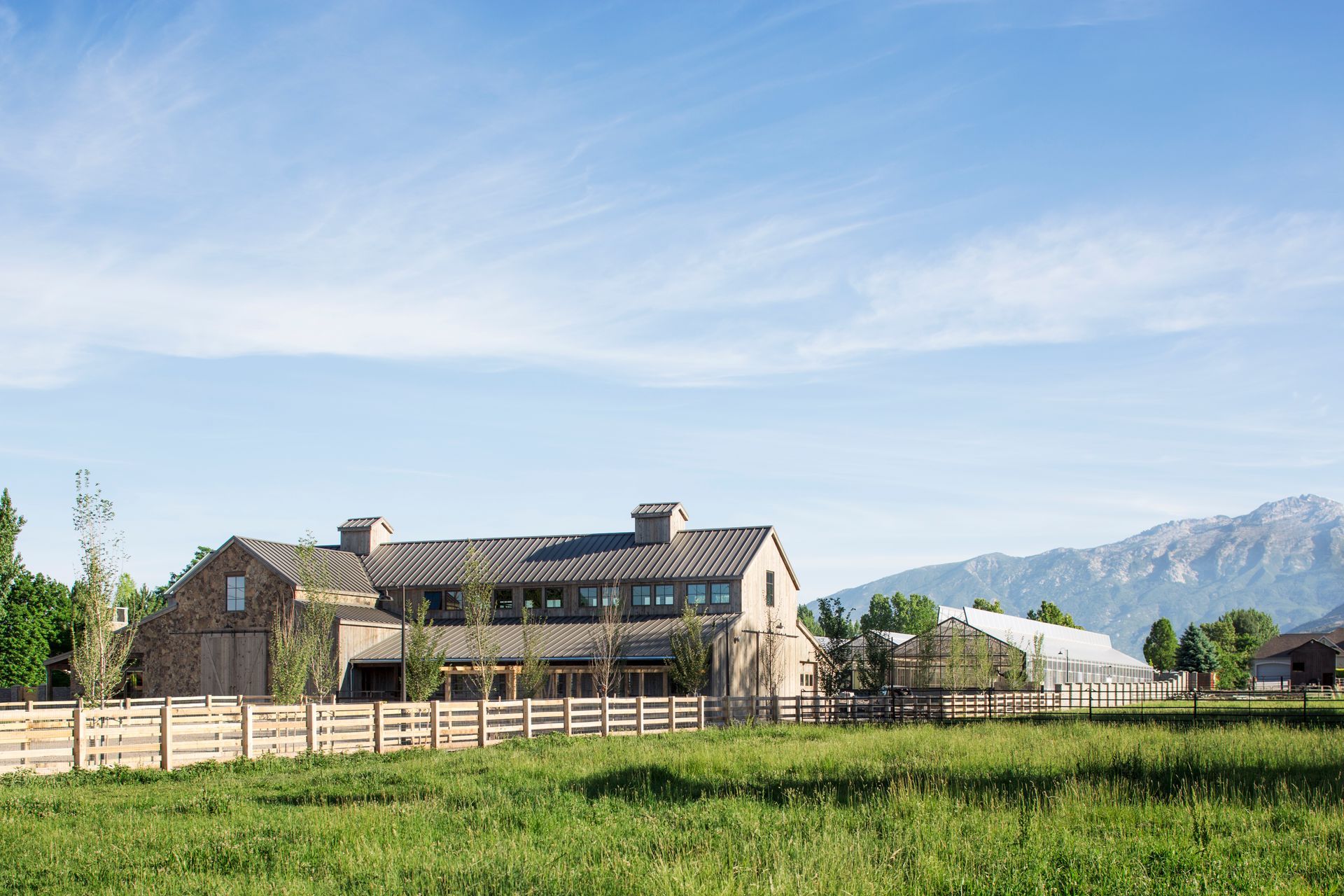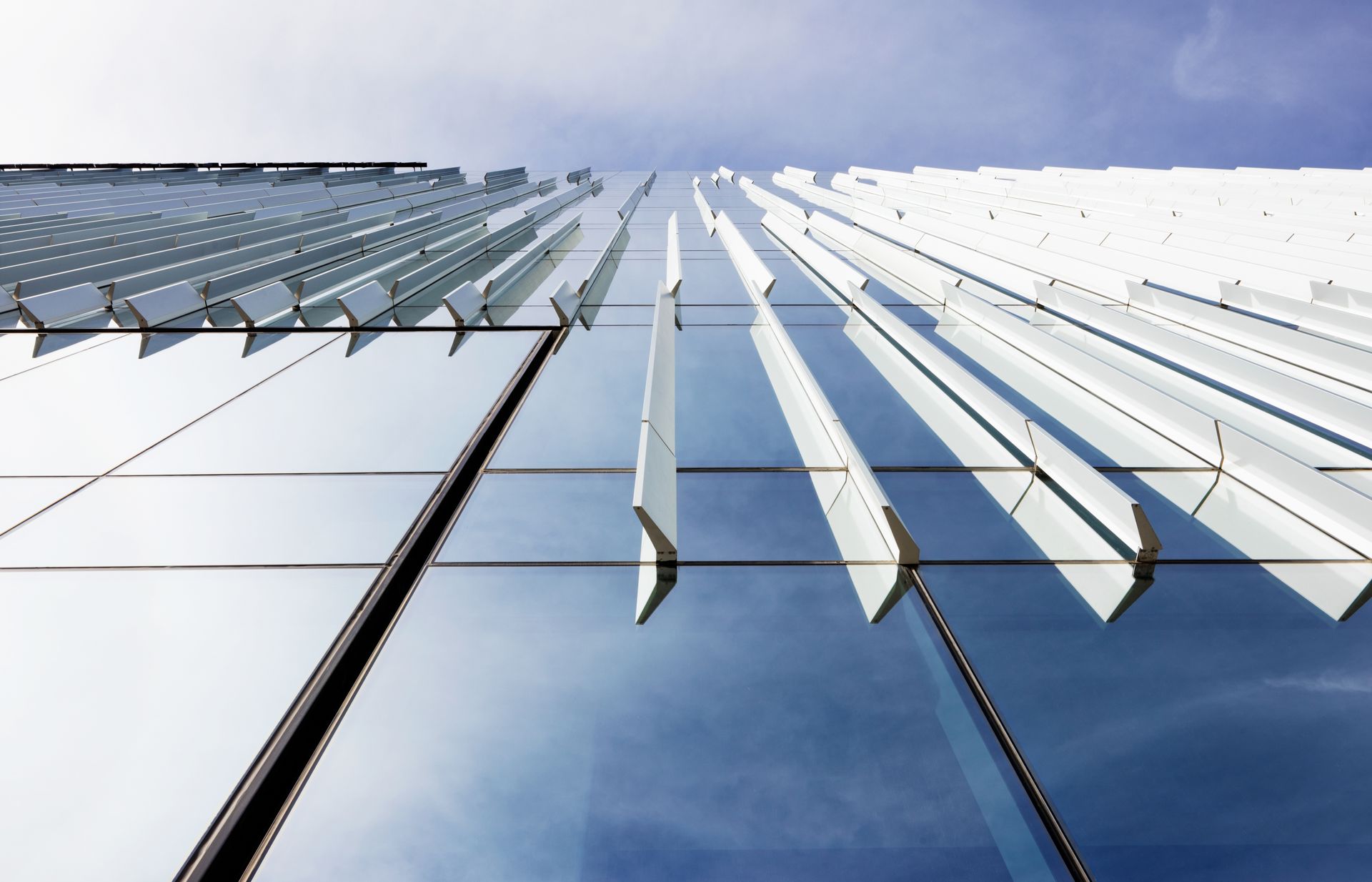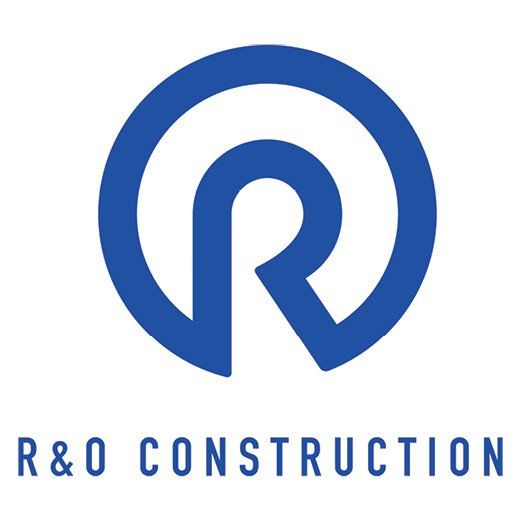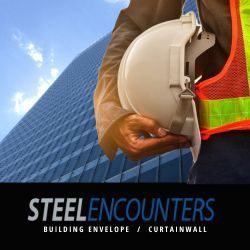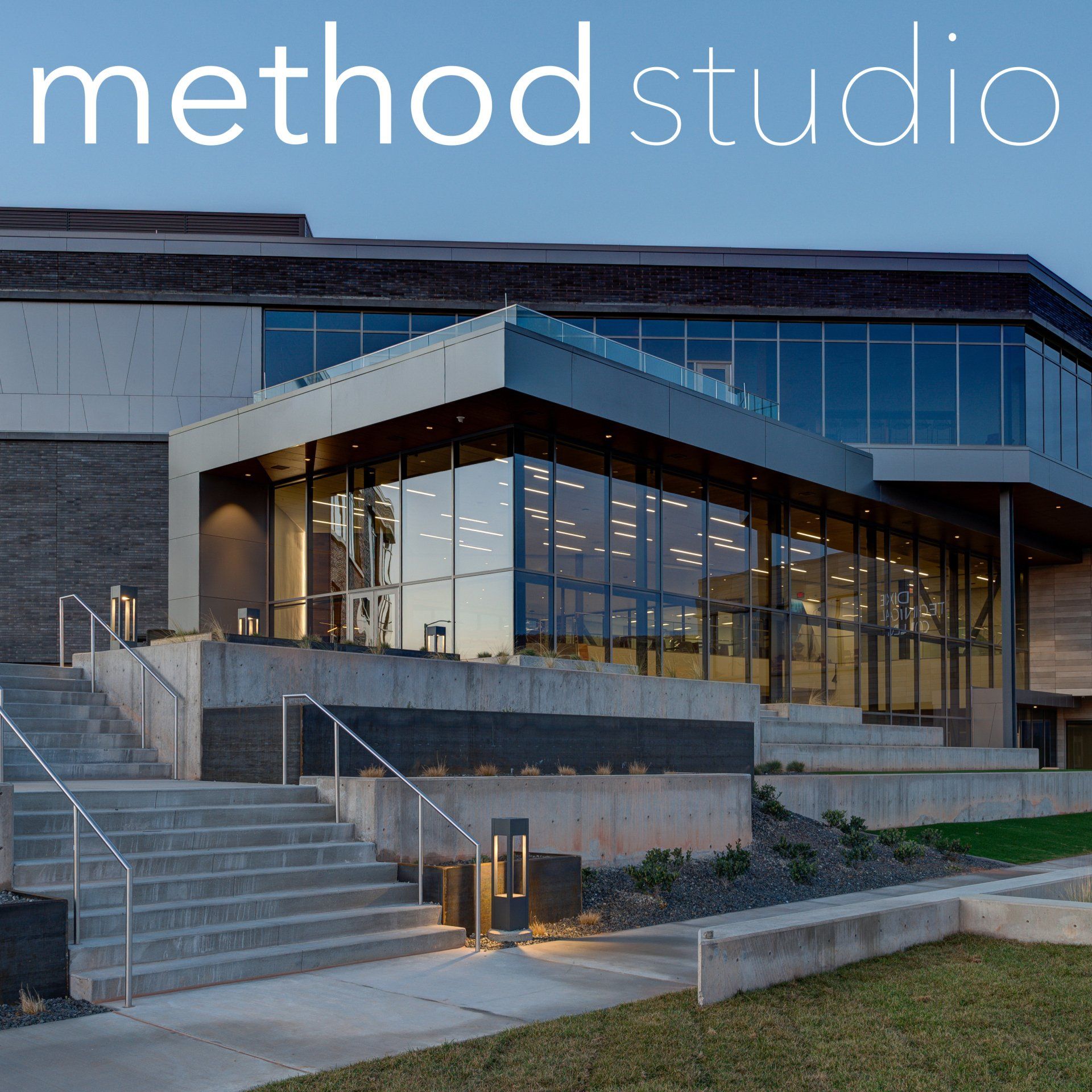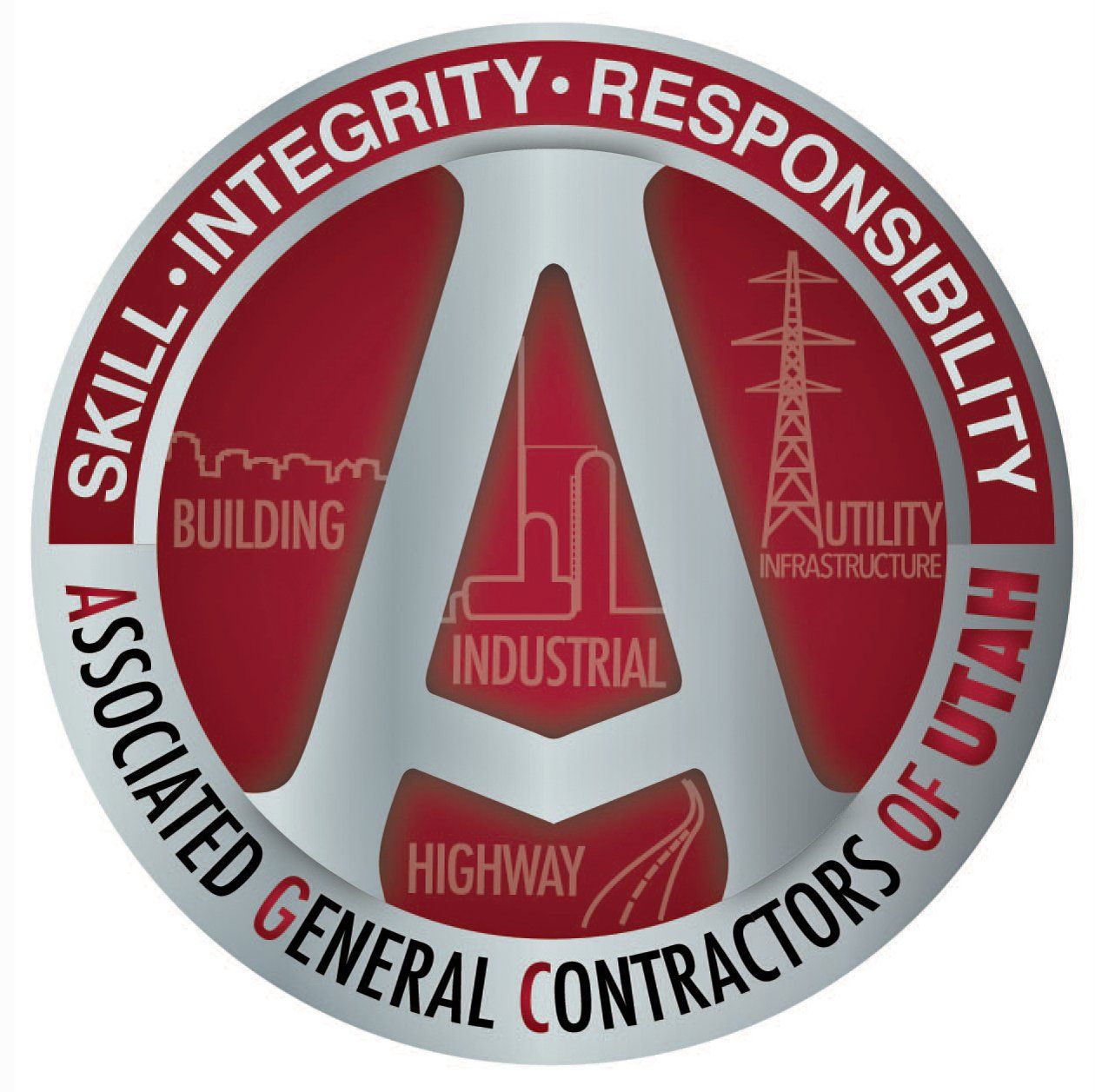The Utah Masonry Council held its 2023 Excellence in Masonry Awards competition recently, honoring more than a dozen projects throughout the Beehive State, while also presenting Richard (Rick) J. Child of Child Enterprises with the Lifetime Masonry Service Award.
The two most coveted awards—the Golden Trowel Award and the Best of Show Award¬—went to Lindon-based IMS Masonry for its meticulous work on Edison House of Salt Lake City. Judges made comments like "perfect workmanship, the fact that that lentils are not seen, and the motor lines are straight and clean, makes this one of my favorites," and "well deserving; heavy and light, thick and thin, solid and void, it's masonry that soars".
The project was noted for having second and third story spaces that seem to float on a darker bronze base and using negative and positive space to form an interesting, highly unique facade that fits in well with the urban landscape of Salt Lake City.
Child, meanwhile, was honored for a stellar career spanning six decades, a fifth-generation mason contractor from the renowned masonry city of Springville, having established Child Enterprises in 1974, and serving as President/Owner until 2022.
His firm has provided masonry services on dozens of high-profile projects over the years, including the Utah State Capitol Restoration, Four Seasons Resort and Amangiri Resort in Jackson, Wyoming, and the Joseph Smith Memorial Building Restoration.
Accolades were many for Child, who also served as Mayor of Springville from 2018-2021.
“Rick is a person that takes on tough jobs, particularly in the restoration and terracotta areas," said Wilford W. Clyde, Chairman of Orem-based Clyde Companies, and himself a former Springville Mayor. "He followed in his father’s footsteps and learned the masonry trade at an early age. However, he wasn’t satisfied to run his dad’s business, so he started his own company and has made it a great success."
"He has always been a pleasure to work with—always fair and honest to those he came in contact with," said Jeff Mortensen of Salt Lake-based Sunroc. "You could always count on Rick to come through.”
"Over the years, Rick instilled in me the confidence and know-how to not only run commercial masonry jobs, but run them successfully," said Chad Robertson, a former employee. "I worked for Child [Enterprises] for 24 years and was a part of some of the biggest jobs they’ve had. Rick Child is so much more to me than a boss, he’s a father figure, mentor, and more importantly, my friend."
"Rick was always willing to evaluate a challenging aspect of a masonry or stone project, always willing to discuss the logistics of what was needed to accomplish the project," added Terry Wright of Salt Lake-based DTW Engineering & Construction. "His insights were valuable."










